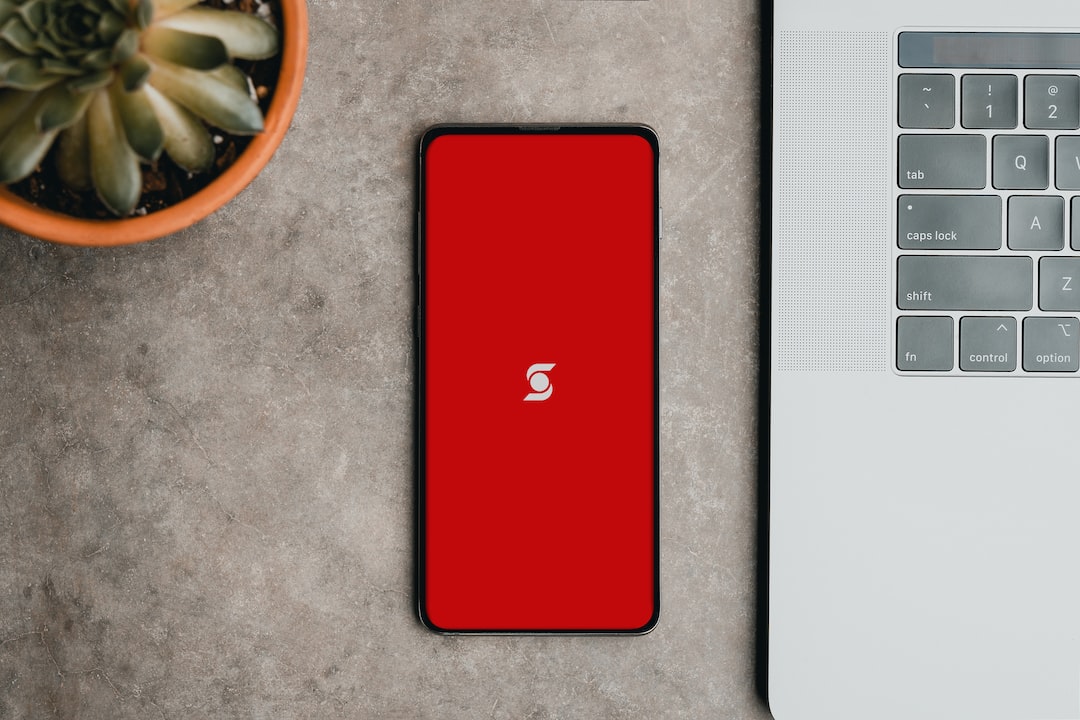Forex trading is an activity that involves buying and selling currencies with the aim of making profits. It has become a popular activity among many people around the world, and the advances in technology have made it easier to trade forex. One of the tools that can be used to trade forex is Microsoft Excel 2010. Excel is a powerful tool that can be used for various financial calculations, including forex trading. In this article, we will explain how to do forex trade in Excel 2010.
Step 1: Set up the Excel sheet
The first step in using Excel for forex trading is to set up the sheet. To do this, you need to open a new Excel workbook and create a new sheet. On the sheet, you should create headings for the various columns that you will use. These headings should include the date, the currency pair, the buy price, the sell price, the stop loss, and the take profit. You can also add other columns as needed, such as the amount traded and the profit/loss.
Step 2: Get the data
Once you have set up the sheet, the next step is to get the data that you will use for forex trading. There are various sources of data that you can use, including online forex platforms, forex news websites, and forex trading software. You can download the data from these sources and import it into Excel using the Data tab. You can also use the web query feature in Excel to import live forex data directly from the internet.
Step 3: Analyze the data
After importing the data into Excel, the next step is to analyze it. You can use various tools in Excel to analyze the data, such as charts and graphs. These tools can help you to identify trends and patterns in the forex market, which can be used to make trading decisions.
Step 4: Enter the trades
Once you have analyzed the data and identified potential trading opportunities, the next step is to enter the trades into the Excel sheet. To do this, you need to fill in the various columns that you created earlier. For example, you need to enter the date of the trade, the currency pair that you are trading, the buy price, the sell price, the stop loss, and the take profit.
Step 5: Monitor and manage the trades
After entering the trades, the next step is to monitor and manage them. You can use Excel to track the progress of your trades and to calculate your profits and losses. You can also use Excel to set up alerts and notifications to help you manage your trades.
Step 6: Close the trades
Finally, when it is time to close the trades, you can use Excel to calculate your profits and losses. You can do this by subtracting the buy price from the sell price and multiplying the difference by the amount traded. You can then use this information to determine your profit or loss on the trade.
In conclusion, Excel 2010 is a powerful tool that can be used for forex trading. By following the steps outlined in this article, you can set up an Excel sheet for forex trading, import data, analyze the data, enter trades, monitor and manage the trades, and close the trades. With practice and experience, you can become a successful forex trader using Excel.






